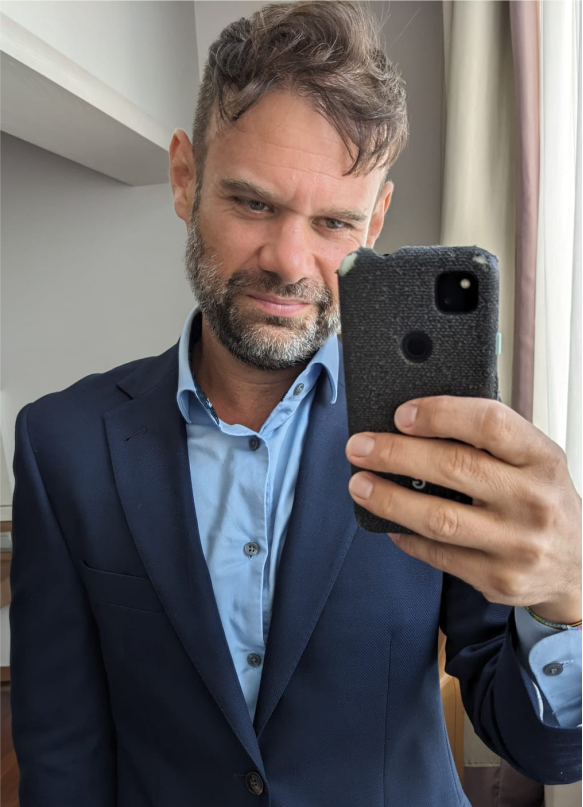All-optical radio-frequency modulation of Anderson-localized modes
Published in Physical Review B 98, 6, 2018
All-optical modulation of light relies on exploiting intrinsic material nonlinearities [V. R. Almeida et al., Nature 431, 1081 (2004)]. However, this optical control is rather challenging due to the weak dependence of the refractive index and absorption coefficients on the concentration of free carriers in standard semiconductors [R. A. Soref and B. R. Bennett, Proc. SPIE 704, 32 (1987)]. To overcome this limitation, resonant structures with high spatial and spectral confinement are carefully designed to enhance the stored electromagnetic energy, thereby requiring lower excitation power to achieve significant nonlinear effects [K. Nozaki et al., Nat. Photonics 4, 477 (2010)]. Small mode-volume and high-quality (Q)-factor cavities also offer an efficient coherent control of the light field and the targeted optical properties. Here, we report on optical resonances reaching Q ∼ 105 induced by disorder on photonic/phononic-crystal waveguides. At relatively low excitation powers (below 1 mW), these cavities exhibit nonlinear effects leading to periodic (up to ∼35 MHz) oscillations of their resonant wavelength. Our system represents a test bed to study the interplay between structural complexity and material nonlinearities and their impact on localization phenomena and introduces a different functionality to the toolset of disordered photonics.
